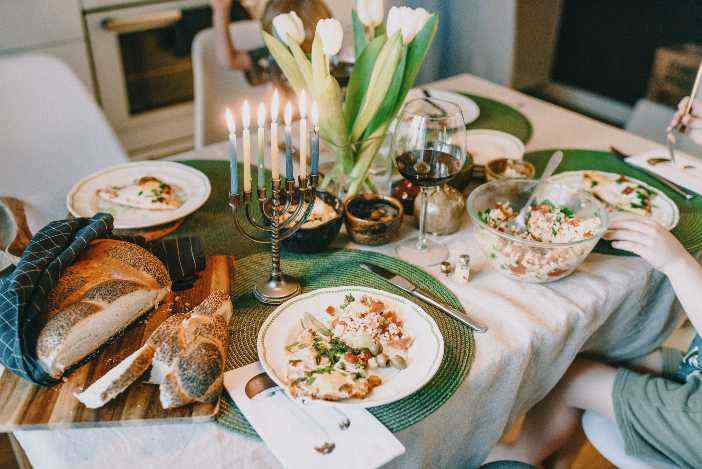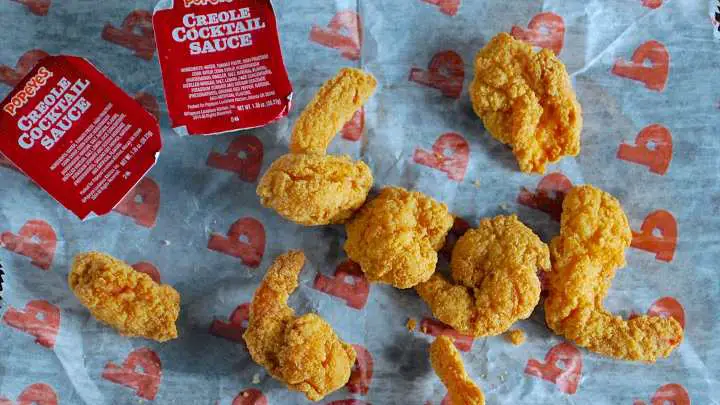What are the internal temperature rules to cook your food? Great tastes are made not only by recipes but also by the temperature used in cooking. The right temperature used in cooking any food plays a great role in its taste and how long it lasts. As a common rule, you must cook your food at a minimum temperature of 1670F (750C).
Cooking in its most simple definition is the application of “heat” to all recipes mixed in water or other liquid to get maximum nutritional value- the emphasis on the word heat. It is to let you know the role heat plays when cooking; do not neglect it.
Going forward, the freezing temperature for food is also vital. Whichever situation you might be needing to heat or freeze your food, applying the right temperature is important in ensuring your food taste well and last long.
Making sure your food taste well and does not spoil or get poisoned can be done when you take note of the following temperature rules I will show you below.
Hint: Have your thermometer nearby for any food you want to cook.

1. Eggs
For your eggs, cook at two different types of temperatures to avoid quick spoilage. Eggs and poultry fowl must be cooked at temperatures of 1600F (710C) and 1650F (740C) respectively.
SEE: How Cooking Experts Test Eggs for Freshness
2. Obey This Temperature Table
| Food | Cooking Temperature |
|---|---|
| Cooked meat | 165°F (740C) |
| Fresh Pork | 145°F (630C) |
| Ground poultry | 165°F (740C) |
| Ham | 145°F (630C) |
| Ground Chicken/Casseroles | 165°F (740C) |
| Reheated precooked ham | 140°F (600C) |
| Egg Sauce | 160°F (710C) |
| Custard | 160°F (710C) |
| Shrimps/Crab and Lobster | 145°F (630C) |
| Beef | 160°F (710C) |
| Turkey and Chicken | 165°F (740C) |
| Rabbit | 160°F (710C) |
SEE: Are Food Thermometers Safe?
3. Be Consistent With Temperature Storage
Knowingly and unknowingly, it is very possible to sway from the original storage temperature used when storing or cooking food. Make sure your freezing temperature is consistent, as an unstable one only makes your food get spoilt easily.
Monitor your food in the freezer or refrigerator from time to time to ensure this. If you placed milk products by the door of the fridge, remove them and place them on the main shelf of the fridge.
Moreover, when you forget to place food in its original position in the fridge, you only risk food poisoning. To avoid this, practice temperature consistency and keep a reminder to place your food at its original spot.

4. Pay Attention to Location and Time
One other temperature rule you must follow is to pay attention to the location of your food and the time at which your food is being cooked.
Cooking your food at low heat temperature will make your food stay longer before it gets done. You must know the time and heat temperature required to cook any of your food to prevent time-wasting. Besides, when food boils for an unnecessary amount of time, it loses its taste and quality.
In addition, the location of your food affects the temperature of your food – excess food just cooked must be allowed to cool before placing in the fridge or freezer. For leftovers, ensure you remember to pour them into containers and place in the freezer.
Bacteria only thrive for three main reasons; type of food, the warmth of the food, and time. Therefore, pay very close attention to where you place your food when storing them, and do not refrigerate food that shouldn’t be.
SEE: How to Get Free Meal At Checkers & Rally’s
How to Use a Food Thermometer
This method is similar to how you check your thermometer if it is working or not. To check your food temperature, dip your food thermometer in the thickest part of your food (making sure it does not touch the fat or bone if it is a food with such). When you are sure it is well inserted, check your thermometer to know the food’s temperature.
It is important to check your food temperature while cooking, so you can be well advised if you are on the right track according to the temperature table shown above. When you are done with your thermometer, always wash it with hot soapy water.
SEE: How to Use a Food Thermometer to Avoid Undone Meal
Frequently Asked Questions
How do you determine an accurate temperature?
Use a thermometer. A food thermometer helps to give a precise measurement of your food’s internal temperature.
Moreover, you can use different types of food thermometers depending on your preference. You can get a cooking thermometer at any nearby store or order online from an e-commerce store.
What cooking temperatures are best for cooking milk?
Cook milk at a moderate temperature. Milk and all other dairy products must be stored in the refrigerator below the temperature of 400F (40C).
To maintain any milk, after it has been poured out of its original container do not pour it back into the container.
How can you adjust your cooking time and temperature?
Adhering to the different food temperature guide given here and implementing it with your food thermometer is the best and only way to adjust your cooking time and temperature.
Can spores survive at high cooking temperatures?
No, they cannot. Spores do not survive at high cooking temperatures. No bacteria spore will survive in a food that is cooked with a heat temperature of 2120F (1000C).
Conclusion
The ability to cook your food and the ability to check the temperature of your food goes hand in hand. And as a cook, you must possess both at the expertise level. This is why to ace your cooking game, cook with recipes constantly, read your cookbook, and bookmark this page for reference purposes.
Also, take note to update your knowledge continuously, as the US Department of Agriculture advised that some food temperatures change from time to time.
The temperature danger zone for food fall between the temperature of 41°F (50C) and 135°F (570C). This means it is only at this temperature that bacteria have the freedom to infect your food.
Thanks for reading.
Loved this article? visit Cheffist for more guides on how to preserve your food.







